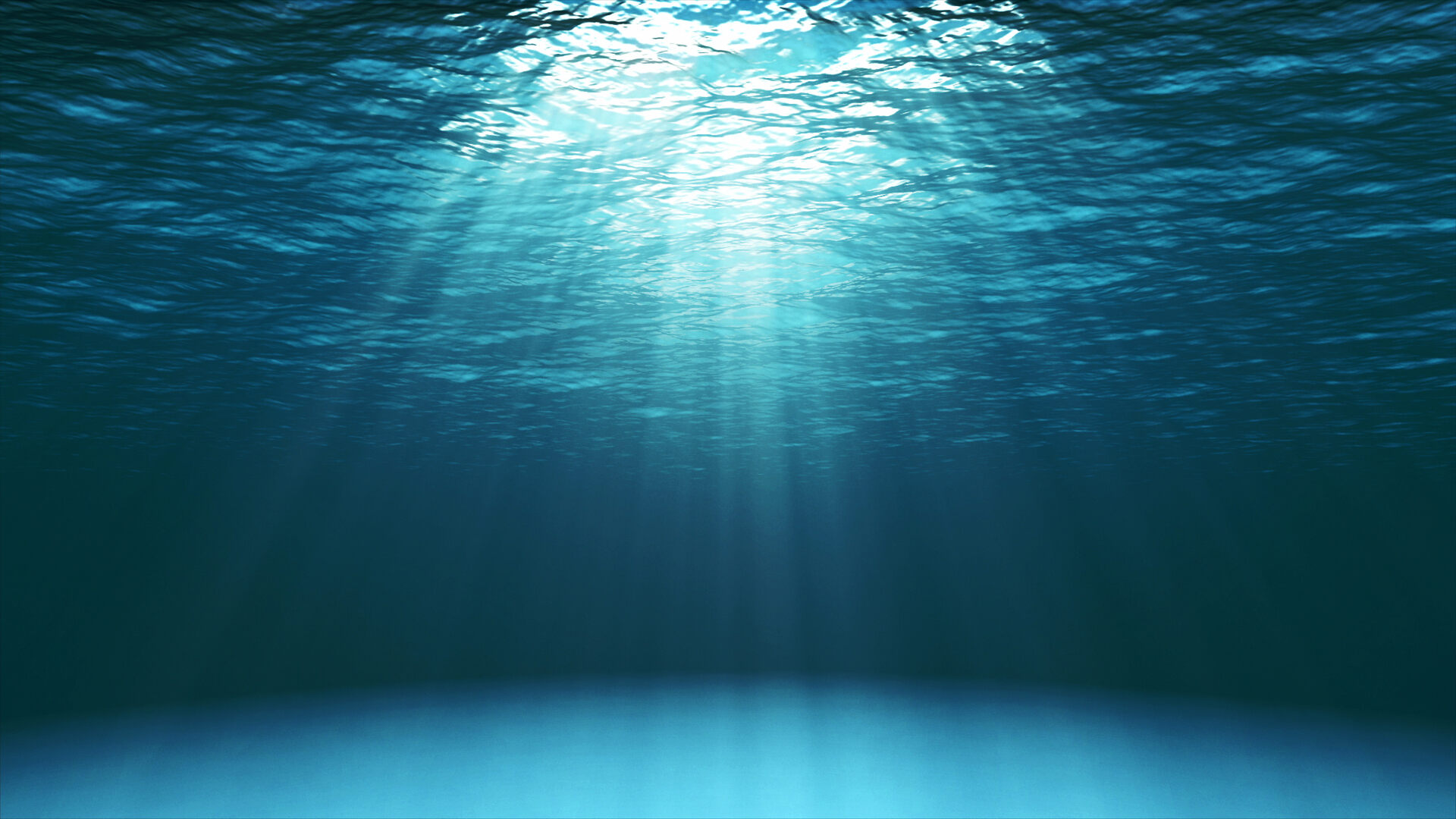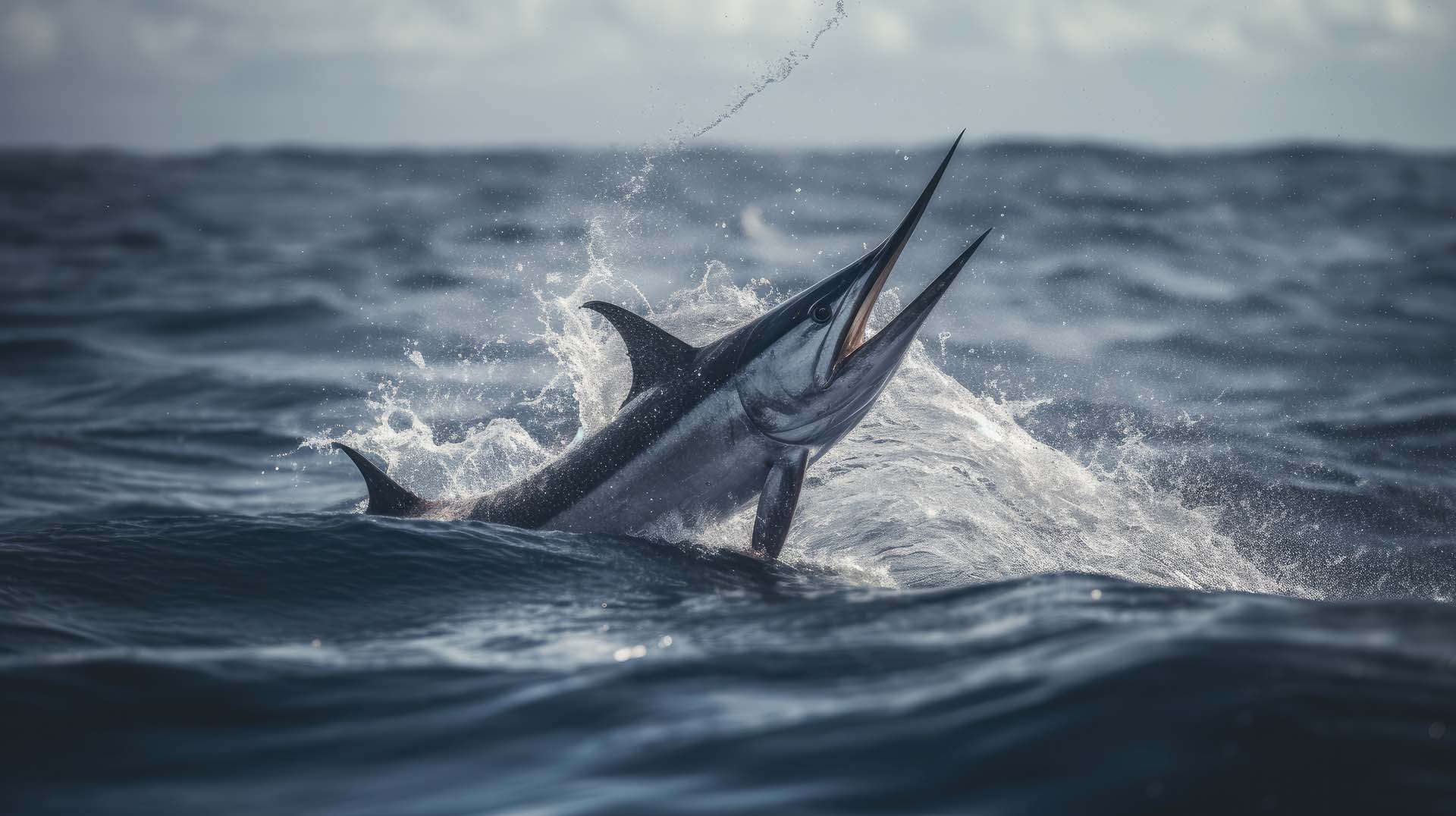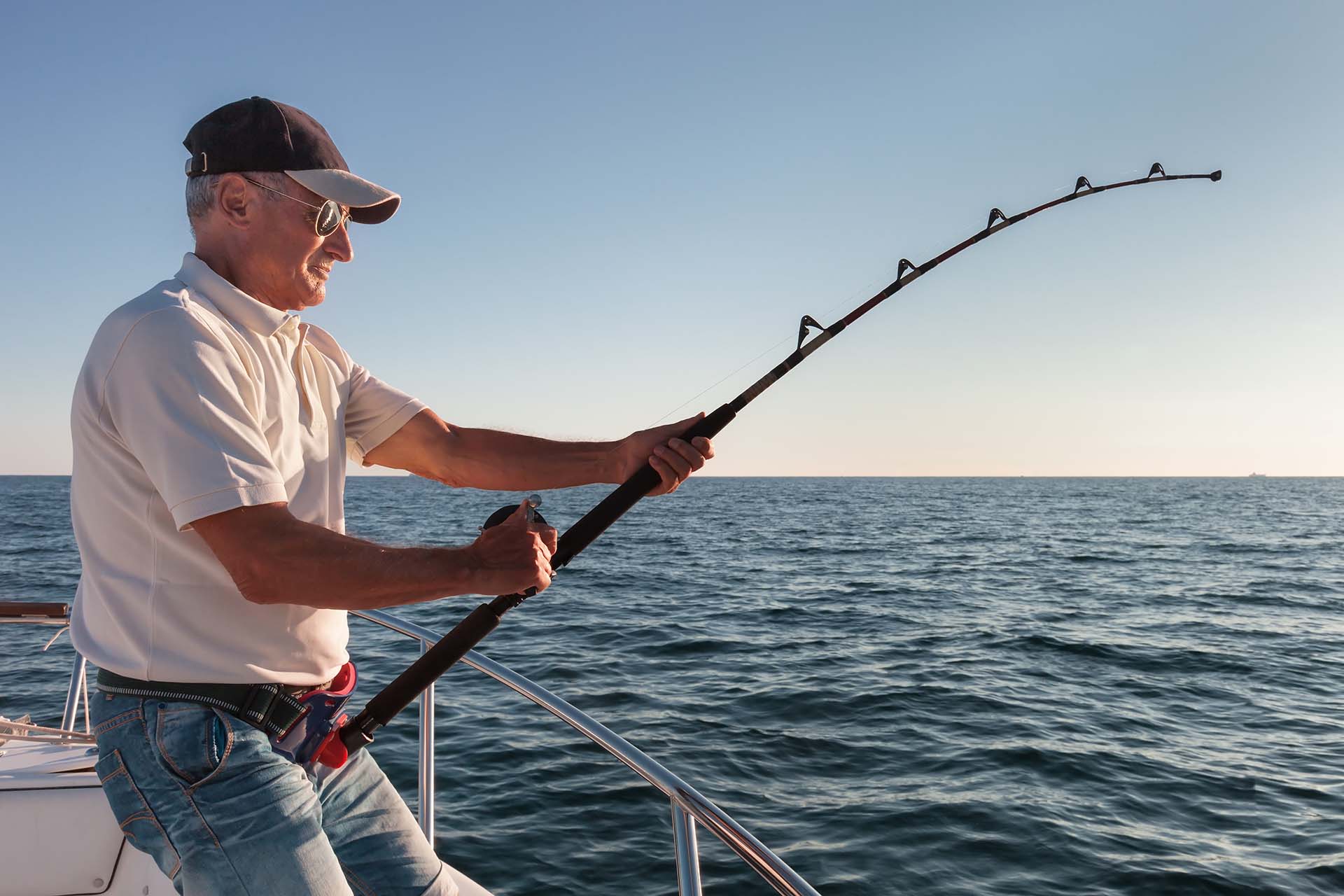Sooner or later, every angler gets an itch to figure out how to catch a swordfish, one of the ocean’s most majestic and elusive creatures. It’s not just about casting a line and hoping for the best – it requires skill, patience, and plenty of knowledge. From the shimmering surface to the mysterious deep, here’s everything you need to know about this aquatic treasure and how to land a trophy of your own.
Drifting, effective during nighttime, lets anglers leverage the fish’s surface-feeding habits. Trolling covers extensive water areas, mimicking prey movements to attract bites, while deep dropping targets the species in the ocean depths during daylight hours. Whichever technique you end up using, equipping yourself with the right gear and knowledge about their behavioral patterns will maximize your chances of success.
The Swordfish – A Quick Biological Overview
Recognized in various regions as broadbills, swordfish (Xiphias gladius) is unique and alone in the Xiphiidae family. These magnificent creatures are a gem in the billfish category, yet, nabbing one isn’t a walk in the park – they’re known for their elusive nature.
Stepping into the world of billfish, it’s a diverse and enchanting realm of some of the ocean’s most captivating fish species. Let’s take a glance at some of the popular members of this category:
| Species | Description |
|---|---|
| Sailfish (Istiophorus platypterus) | Known for their astonishing speed, sailfish are identified by their distinctive sail-like dorsal fin and a bill that's slender and long |
| Marlin (Makaira) | Characterized by their robust bodies, marlins have a spear-like bill and a rigid dorsal fin |
| Spearfish (Tetrapturus) | Spearfish are the smaller cousins in the billfish family, identifiable by their slender bodies and short bills |
They Are the Big Boys of the Oceans
Let’s get back to our target in question – these creatures stand out with a distinctive, flat, elongated bill, reminiscent of a sword. In their journey to adulthood, they bid farewell to their teeth and scales, boasting a sleek, round body.
With common lengths reaching 10 ft (3m), they are indeed the titans of the sea. It’s no surprise that this species includes some of the largest fish ever caught. A 1,182 lb (536 kg) specimen, caught off the coast of Chile in 1953, holds an all-tackle angling record of the International Game Fish Association.
This Saltwater Species Is Spread All Across the Globe
No matter where you cast your line across the world’s oceans, there’s a chance you might encounter this enigmatic creature. Be it the warm waters of the Gulf of Mexico, the coastal realms of Australia, or the expansive stretches of the Mediterranean, these fish make their presence known.
This saltwater species inhabits temperate and tropical waters of the Pacific, Atlantic, and Indian Oceans, residing anywhere from the ocean’s surface down to 1,800 ft (550m). As for the water temperature, they thrive in anything between 64°F (18°C) to 72°F (22°C) but can be found in waters as cold as 41°F (4°C).

Best Seasons and Times for Swordfish Fishing
Landing a swordfish catch successfully hinges on understanding the intricacies of their seasonal patterns and behaviors. These impressive creatures mature at 4-5 years and are believed to grace our oceans for at least 9 years. During this time, significant daily and seasonal shifts occur. This dynamic lifestyle is pretty interesting, given the fact that these fish are solitary by nature and it’s not common to find them schooling.
How Seasons Affect Swordfish Movements and Feeding Habits
Equipped with specialized eye muscles and an internal temperature regulation system, these majestic beings effortlessly roam deep, cold waters. Their habitat, spanning mild and tropical climates globally, sees them active year-round, with a noticeable spike in activity during the fall.
Their existence is marked by a diurnal migration pattern, a twice-daily journey that sees them feeding at the ocean’s bottom by day and rising at night to have a great feast higher in the water column. Because of this, learning how to catch swordfish at night is usually the first course of action for any angler embarking on this challenging catch. Luckily, when it comes to choosing the best lures, the diverse diet of this species serves as a great guiding light. Among other delicacies, they like to munch on:
- Squid,
- Crustaceans,
- Mackerel,
- Barracudinas,
- Herring.
Ideal Times of Day for Swordfish Fishing and Why
It’s clear that nighttime fishing is your best bet to land some of these nocturnal feeders. In times past, reeling in one of them during daylight was considered an impossible feat. However, it’s not uncommon to spot them near the surface, basking, airing their first dorsal fin. Taking advantage of this fact as well as modern technology can transform baiting one of these majestic creatures from a fabled tale to an achievable reality.

Essential Equipment for Swordfish Fishing
You can have all the knowledge in the world about how to catch swordfish, but if you don’t have the right gear, the whole ordeal won’t amount to much. Equipped with the proper tools, an angler can step into the water with plenty of confidence. Let’s take a look at some capable pieces that can be your trusted allies in this journey.
A Longer Deep Dropping Rod With Fast Action Usually Does the Trick
An 80-130 lb fishing rod with a light tip is the best way to go, as it’s sensitive enough to detect the subtlest of bites, all while being able to handle these ocean beasts. The grace of a longer, deep-dropping fishing rod offers forgiveness, a space where errors are lost in the vastness of the ocean.
Here are some of my personal favorites:
- The Fiblink Saltwater Deep Dropper – it’s both sensitive and solid, making it a great choice for the unforgiving environment of saltwater and targeting the big boys of the ocean,
- The Daiwa Seaborg Deep Drop – it might not be the most affordable fishing rod out there, but it’s specifically designed to handle this fish species,
- The Sougayilang Fishing Rod Reel Combo – if you’re not sure which spinning reel to add to your setup, this handy combo can cut the confusion short.
It’s Best to Have a Whole Arsenal of Baits and Lures Ready for the Trip
As already discussed, these creatures have a versatile diet, and you can take advantage of that in your selection of baits and lures. From the tender allure of squids and eels to the wide range of artificial baits, each piece deserves a spot in your arsenal. Here’s an overview of the advantages and disadvantages of using natural and artificial lures:
| Type | Pros | Cons |
|---|---|---|
| Natural Bait | The authentic scent makes it more attractive to deep-sea swellers | Can be messy, requires preservation, and may attract unwanted species |
| Artificial Lures | Durable and available in various designs and colors | Lack the authentic scent and taste, making them less effective |
Sturdy Tackle Will Be Your Trusted Companion
Every pull and tug of these ocean beasts is a challenging one, so having sturdy and resilient tackle should be your top priority. Beyond the rods and lures, make sure you have gloves for a tender yet firm grip. Also, have harnesses and gaffs to give you that helping hand during exhilarating battles close on hand.

How to Catch a Swordfish – What Techniques to Use
Beyond the equipment, catching this elusive sea creature requires a mix of the right knowledge, skills, and techniques. Here’s a breakdown of the various fishing techniques that have proven to be effective:
Using the Boat for Drifting
Drifting involves letting the boat float with the currents, while baits are suspended at various depths to attract the target. It’s a passive yet effective technique, especially during the night when these fish come closer to the surface to feed. The key is to have a well-presented bait that mimics the natural prey, enticing the fish to bite.
Trolling at a Controlled Speed
Trolling is about moving the fishing boat at a controlled speed with lures or baits trailing behind. It’s effective because it covers a large area, increasing the chances of encountering the fish. The movement of the lures mimics the action of live prey, triggering the predatory instincts of the fish to strike.
Deep Dropping
Deep dropping is a fishing style where heavy weights are used to take the baits to the extreme depths where these fish spend their days. Specialized electronic equipment is often used to locate the fish and ensure the baits are at the right depth.
Safety Measures When Hunting Swordfish
The thrill of hunting this prestigious marine creature is often juxtaposed with its unpredictable nature. These powerful and agile fish, armed with their iconic bills, can pose significant risks to anglers. Their sudden bursts of energy, impressive strength, and rapid movements make every encounter a test of skill and safety.
The unpredictability of these fish, combined with the dynamic nature of the open sea, underscores the need for expertise and preparedness of a well-trained team. Having a crew that is adept in handling the equipment, knowledgeable about the behaviors of the fish, and skilled in emergency response truly can’t be stressed enough.
It’s Time to Reel in Your Biggest Trophy Yet
As we cast our line back and reflect on the exhilarating journey of chasing this fascinating species, it’s clear that preparation, knowledge, and, above all, respect are integral. In the dance between man and the deep blue, understanding the rhythms, behaviors, and habitats of this elusive fish transforms an ambitious endeavor into a triumph of skill and grace. Good luck with writing some unforgettable stories of the sea!
FAQ
What Is the Best Bait for Catching Swordfish?
Squid often proves to be the most effective bait, owing to its scent and movement in the water, which closely mimics natural prey. However, other options like eels, fish bellies, and a variety of artificial bait can also be quite effective depending on the fishing conditions and individual preferences.
How Do I Handle a Caught Swordfish Safely?
Handling this fish requires extreme caution due to its strength and the potential dangers posed by its bill. It’s essential to have a trained team on board and use appropriate tools like gaffs for secure handling. Also, follow established safety protocols to mitigate risks and ensure both the fish and anglers remain unharmed.
Can I Catch Swordfish in Shallow Waters?
While these fish are often found in deep waters, they ascend to surface levels at night to feed, making them accessible in relatively shallow waters. Anglers can utilize techniques like drifting during the night to increase their chances of a successful catch in these conditions.









